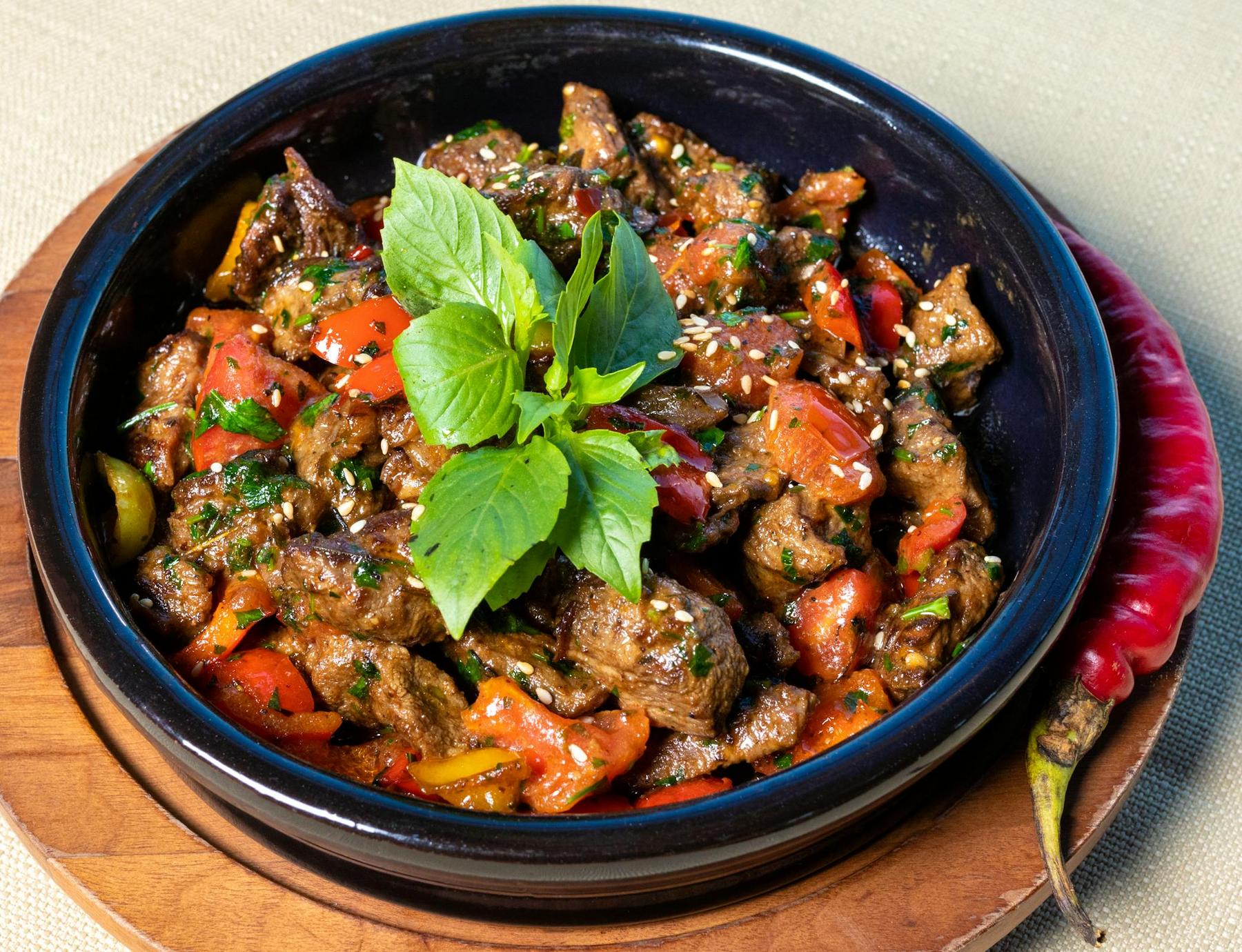The choice between high and low-impact aerobics often feels overwhelming, particularly when you’re committed to achieving sustainable weight loss and improved cardiovascular health. With conflicting advice from fitness influencers and well-meaning friends, many Australians find themselves paralysed by indecision, wondering whether they should be jumping into high-intensity workouts or taking a gentler approach. This uncertainty becomes even more pronounced when joint pain, previous injuries, or excess weight make certain exercise options feel intimidating or potentially harmful.
Understanding the fundamental differences between high vs. low-impact aerobics isn’t just about preference—it’s about making informed decisions that align with your body’s current capabilities, health status, and long-term goals. The right choice can mean the difference between sustainable progress and frustrating setbacks that derail your fitness journey entirely.
What Defines High vs. Low-Impact Aerobics?
The distinction between high and low-impact aerobics centres on the biomechanical stress placed on your joints and connective tissues during movement. High-impact aerobics involve dynamic movements where both feet leave the ground simultaneously, creating vertical forces that exceed 1.5 times your body weight. These activities include running, plyometric exercises, jump training, and high-energy dance cardio classes.
During high-impact movements, your body experiences transient peak loads that can reach up to 6.5 times your body weight during activities like drop jumps. This force transmission through your musculoskeletal system stimulates bone remodelling through Wolff’s Law—the principle that bones adapt to mechanical stress by becoming stronger. However, these same forces that build resilience can also create vulnerability when applied inappropriately or excessively.
Low-impact aerobics maintain at least one limb in contact with the ground throughout the movement, capping vertical forces below your body weight. Examples include walking, elliptical training, cycling, swimming, and water-based exercises. These activities achieve cardiovascular benefits through horizontal resistance or sustained effort rather than explosive vertical movements.
The metabolic pathways also differ significantly. High-impact intervals rapidly elevate heart rate through oxygen debt created by anaerobic bursts, enhancing post-exercise calorie burn via excess post-exercise oxygen consumption (EPOC). Low-impact steady-state training relies more heavily on fatty acid oxidation during prolonged activity, improving mitochondrial density and capillary networks.
Which Type Burns More Calories and Builds Stronger Bones?
When comparing caloric expenditure and bone health benefits, the answer isn’t straightforward and depends on several factors including intensity, duration, and individual body composition.
High-impact aerobics generally offer superior efficiency for calorie burning in shorter time periods. The EPOC effect means your body continues burning calories at an elevated rate for hours after completing high-impact exercise. Additionally, high-impact activities produce remarkable gains in bone mineral density (BMD), with research showing 1.5-2% annual lumbar spine increases compared to 0.5% in non-impact exercise participants.
However, low-impact aerobics shouldn’t be dismissed as inferior. Elliptical trainers and recumbent cycling can produce 75-90% of running’s caloric expenditure whilst generating 40% lower hip joint forces. This efficiency-to-stress ratio becomes particularly valuable for individuals carrying excess weight or those with joint sensitivities.
| Comparison Factor | High-Impact Aerobics | Low-Impact Aerobics |
|---|---|---|
| Joint Forces | 1.5-6.5x body weight | <1x body weight |
| Bone Density Gains | 1.5-2% annually | 0.5% annually |
| Caloric Efficiency | High (with EPOC) | 75-90% of high-impact |
| Injury Risk | Higher | 40-50% lower |
| Adherence Rates | Lower long-term | 58% higher at 12 months |
Water-based programs showcase unique advantages, producing 12-14% greater muscular activation compared to land-based exercise due to omnidirectional resistance. The hydrostatic pressure in water also enhances venous return by 30%, improving circulation and reducing swelling in the lower extremities.
Who Should Choose Low-Impact Over High-Impact Exercise?
Several populations benefit specifically from prioritising low-impact aerobics, though this doesn’t mean permanently avoiding higher-impact activities.
Individuals with knee osteoarthritis experience 40% lower pain scores when using antigravity treadmills at 60% weight-bearing compared to full-weight protocols. The reduced joint loading allows continued cardiovascular conditioning whilst managing degenerative joint conditions effectively.
For Australians with obesity (BMI ≥30 kg/m²), low-impact regimens demonstrate 58% higher 12-month adherence rates compared to high-impact protocols. This improved sustainability translates to better long-term weight management outcomes and reduced risk of exercise-related injuries that can derail progress.
Post-menopausal women face accelerated trabecular bone loss, making the gentler approach of aquatic resistance training particularly valuable. Studies show aquatic programs preserve 3-5% more BMD over five years compared to non-weight-bearing exercise, whilst minimising fracture risk during the adaptation period.
Age-related considerations also influence optimal impact selection. Whilst peak bone mass accrual until age 30 makes high-impact training advantageous for younger adults, older adults often benefit from the joint-preserving qualities of low-impact alternatives whilst maintaining cardiovascular and metabolic benefits.
Individuals returning from injury require careful impact progression. Variable damping treadmills allowing real-time impact adjustment from 50-100% body weight enable gradual high-impact exposure. Twelve-week progressive programs can increase patellar tendon load tolerance by 18% whilst maintaining cartilage integrity.
How Can You Combine Both Types for Optimal Results?
The most effective approach often involves strategic integration of both high and low-impact aerobics rather than an either-or decision. This periodisation strategy maximises benefits whilst mitigating risks associated with either extreme.
Seasonal periodisation models alternate high-impact phases during spring and summer with low-impact recovery cycles during autumn and winter. This approach reduces cumulative joint stress whilst maintaining fitness adaptations year-round. Marathon runners incorporating 8-week aquatic intervals between road training blocks demonstrate 33% lower annual stress fracture incidence.
Weekly microcycles can blend both approaches effectively. A typical week might include two high-impact sessions (such as interval running or plyometric classes), two low-impact sessions (swimming or cycling), and one mixed-impact session (such as circuit training with modifications).
Progressive loading allows individuals to gradually increase impact tolerance over time. Beginning with exclusively low-impact activities, you can introduce brief high-impact intervals as joint adaptation occurs. This might involve adding 30-second jogging intervals to walking sessions, progressively increasing duration and intensity as comfort and capacity improve.
Cross-training combinations maximise the strengths of each approach. Aquatic HIIT demonstrates how water’s resistance properties enable high-intensity conditioning with 80% lower knee joint loads compared to land-based equivalents, providing cardiovascular benefits without excessive joint stress.
What Role Does Impact Choice Play in Long-Term Weight Management?
The sustainability of your exercise programme significantly influences long-term weight management success, making impact choice a crucial consideration for lasting results.
Structured periodisation proves critical for maintaining exercise adherence. Recreational runners following 10% weekly mileage increments experience 50% lower injury rates than those with erratic training loads. This consistency enables sustained caloric expenditure over months and years rather than boom-bust cycles that characterise many failed weight management attempts.
For individuals managing metabolic syndrome, telehealth-delivered exercise physiology programs combining resistance bands with low-impact cardio show 22% greater glycemic control improvements compared to aerobic-only plans. This enhanced metabolic efficiency supports weight management through improved insulin sensitivity and glucose utilisation.
The psychological aspects of impact choice also influence adherence. High-impact activities can provide immediate satisfaction through endorphin release and visible sweat production, but may become mentally daunting when progress plateaus or motivation wanes. Low-impact alternatives often feel more sustainable during challenging periods, maintaining exercise habits when high-impact motivation falters.
Progressive overload principles apply regardless of impact level. Low-impact activities can increase intensity through resistance, duration, or frequency modifications without necessarily requiring joint-stressing movements. This adaptability supports long-term progression without forcing individuals into potentially injurious activities.
Making Your Personal Choice: A Sustainable Path Forward
The high vs. low-impact aerobics debate represents a false binary in modern exercise prescription. Your optimal approach likely involves elements of both, strategically applied based on your current health status, injury history, and fitness goals.
Peak bone mass accrual until age 30 makes high-impact training particularly advantageous for younger adults, with collegiate athletes demonstrating 10-15% higher femoral neck BMD than sedentary peers. However, this doesn’t negate the value of low-impact activities for active recovery and joint preservation.
With 83% of Australian males projected to be overweight by 2025, scalable low-impact interventions prove essential for population health. The accessibility and sustainability of low-impact aerobics make them valuable tools for initiating and maintaining physical activity across diverse populations.
Emerging technologies in wearable load monitoring and telehealth delivery promise to democratise access to precision aerobic programming. Real-time joint load feedback could optimise the balance between beneficial stress and harmful overload, personalising impact prescriptions for individual needs.
The key lies in honest assessment of your current capabilities, clear identification of your goals, and willingness to adapt your approach as circumstances change. Starting with activities you can perform consistently outweighs the theoretical superiority of any single exercise modality you cannot sustain.
Can low-impact aerobics provide the same weight loss benefits as high-impact exercise?
Yes, low-impact aerobics can achieve comparable weight loss results when performed at appropriate intensity and duration. Elliptical trainers and cycling produce 75-90% of running’s caloric expenditure with significantly lower joint stress. The key is maintaining sufficient intensity to elevate heart rate and sustain caloric burn, which is achievable through resistance, incline, or duration modifications in low-impact activities.
How do I know if high-impact exercise is safe for my joints?
Joint safety depends on factors including current health status, previous injury history, and gradual progression. If you experience persistent joint pain, have a history of joint problems, or carry significant excess weight, it’s advisable to consult with a healthcare provider before beginning high-impact activities. Starting with low-impact alternatives and gradually introducing higher-impact movements allows joint adaptation whilst minimising injury risk.
What’s the best way to transition from low-impact to high-impact aerobics?
Successful transition requires gradual progression over 8-12 weeks. Begin by adding brief high-impact intervals (30-60 seconds) to your low-impact base activities, progressively increasing duration and intensity. For example, you might add short jogging intervals to walking sessions, or include low box step-ups before progressing to more explosive jump training. Following the 10% rule—increasing impact load by no more than 10% weekly—can help prevent overuse injuries.
Do I need both types of aerobic exercise for optimal health?
Whilst both high and low-impact aerobics offer unique benefits, optimal health doesn’t require doing both if one method consistently meets your cardiovascular, metabolic, and musculoskeletal needs. Low-impact exercises can provide comprehensive health benefits when performed consistently at the right intensity, although combining both often maximises benefits and reduces injury risk.
How does age affect the choice between high and low-impact aerobics?
Age influences tissue adaptation capacity and injury recovery time. Younger adults (under 30) may benefit more from high-impact activities for peak bone mass development, while older adults often find low-impact exercises to be more sustainable and gentler on the joints. However, individual factors such as injury history may necessitate a low-impact approach regardless of age.



